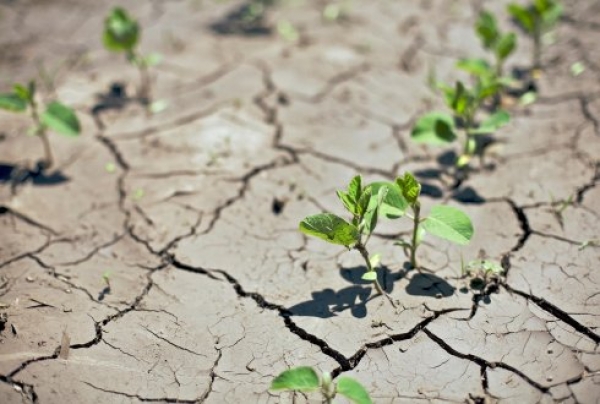Mitigation and Adaptation: a two-pronged approach to tackling climate change

As the effects of climate change become increasingly apparent, restoring landscapes to ensure that they – and the communities that rely upon them – are able to deal with these changes is becoming a global necessity. Countries are coming together to increase knowledge and understanding of climate change and to build capacity to implement mitigation and adaptation strategies.
Despite increasing efforts, global emissions continue to rise. Dealing with the effects of a changing climate requires adapting to these changes and simultaneously mitigating the causes. Mitigation focuses on reducing greenhouse gas emissions and is generally thought of as a global, large-scale approach while adaptation works to strengthen the resilience of ecosystems, communities and economies at a local level.
A joint report by IUCN and The National Socio-Environmental Synthesis Center (SESYNC) highlights how synergizing these two strategies may be the key to effectively tackling the local and global implications of climate change. Developing this synergy is particularly relevant in forest landscapes where mitigation and adaptation efforts are inextricably linked.
Synergies between Climate Mitigation and Adaptation in Forest Landscape Restoration stresses that linking mitigation and adaptation approaches will not only achieve concrete co-benefits but also avoid the inevitable trade-offs in which the achievement of one goal may be detrimental to another. Forests need adaptation to maintain ecosystem functions and to provide services such as food, fuel and clean water, thus reducing the vulnerability of local communities, and supporting economic sectors. In turn, these measures help to ensure the continuation of carbon stocks, thereby contributing to mitigation efforts.
Reviewing national policies in El Salvador, India, Kenya, Mexico, Rwanda, Uganda, and Vietnam, the report highlights the potential for forest landscape restoration (FLR) to generate synergy between mitigation and adaptation. Although there is very little formal evidence of any integration at a policy level at this time, it is hoped that this report will assist governments and NGOs in achieving these co-benefits and inform policy and practice to formalize the important linkages. Alone, mitigation and adaptation will not prepare the world for changes to our climate, but together these efforts will be stronger, making them more efficient and effective.
Learn more about the important role forests play in promoting the co-benefits of synergizing mitigation and adaptation:
http://blog.worldagroforestry.org/index.php/2015/05/12/reforestation-is-more-than-carbon/
http://blog.cifor.org/28542/smart-reforestation-must-go-beyond-carbon-expert

Facebook comments